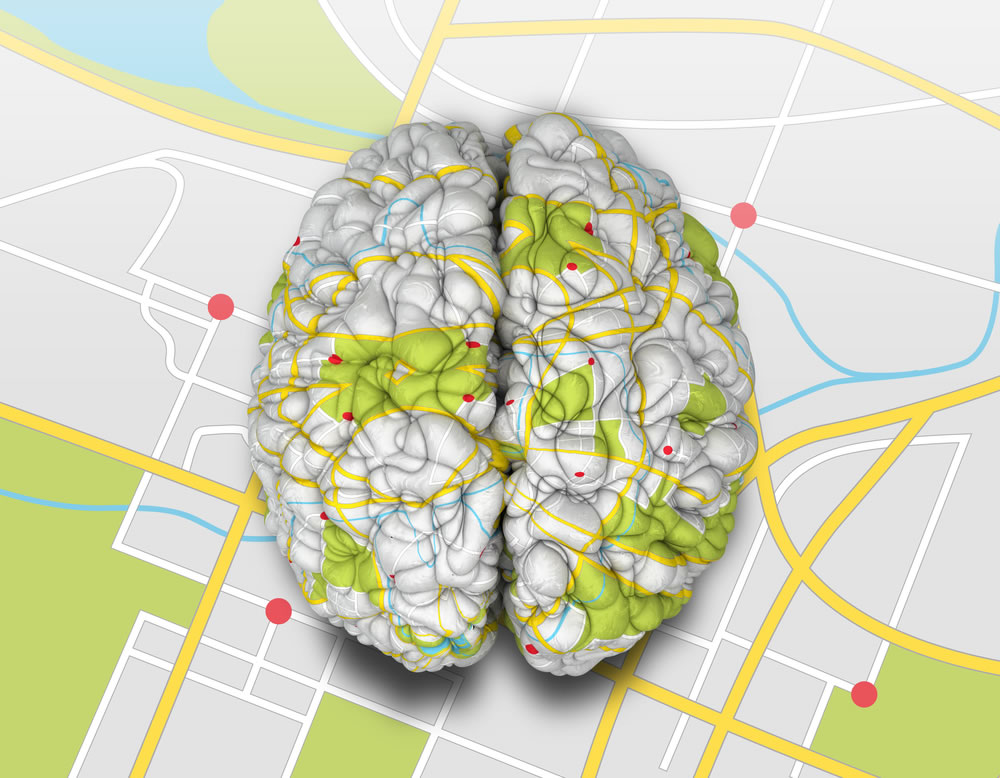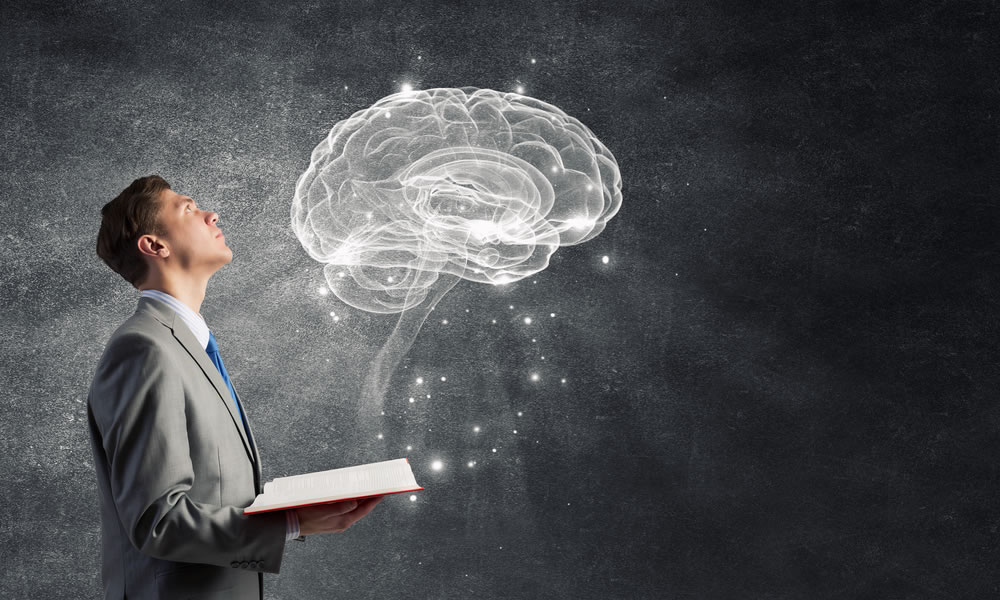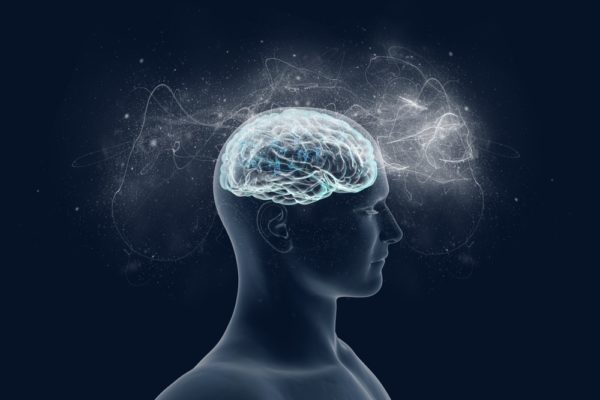The brain is an experience-dependent organ. From our very earliest days, the brain begins to map itself to our world as we experience it through our senses. The mapping is vague and fuzzy at first, like a blurred photograph or an un-tuned piano. However, the more we interact with the world, the more well-defined our brain maps become until they are fine-tuned and differentiated. But each person’s map will vary, with some sensory experiences more distinct than others depending on the unique experiences and the clarity and frequency of the sensations he or she has experienced.
Educators can positively influence students’ learning by understanding how the brain is shaped by their early experiences—and how it can be rewired and reorganized to work more quickly and efficiently.
The Plastic Brain and the Critical Period
Brain plasticity, or neuroplasticity, refers to the brain’s ability to change with experience. In infancy and early childhood, a brain is so “plastic” that its structure is easily changed by simple exposure to new things in the environment. This time is sometimes called “the critical period,” or “the sensitive period.” [NOTE: the term ‘critical period’ although popular a couple of decades ago it is rarely used anymore because we understand plasticity better and realize new skills can be acquired long after the early developmental period, hence it is not really “critical”.]
Consider, for example, how babies easily learn the sounds of language and words by listening to their parents speak. Inside the brain, what this learning looks like is the brain actually reorganizing itself to change its own structure and create new sound maps that reflect the sounds of their native language. These sound maps are then interconnected with other maps and nodes to form interconnected networks so sound can be linked to meaning.
Networks can be expansive. For example, the sound map needed to recognize the word “pen” might first be connected to the meaning connoting a writing instrument, but over time, “pen” might be part of a network for comprehending “pen” as a verb meaning to write, then part of a word referring to legibility, “penmanship” and perhaps later to farm regions, like a pig pen. Networks will also develop to allow words to be used in grammatical sentences then organized for reading.
Building neural maps and networks can be thought of like building cities: first, neighborhoods are mapped out and constructed then they become interconnected with other neighborhoods into towns and cities through a complex highway system.
(Next page: How student poverty affects the plastic brain)

Training the Brain to Form New Maps and Networks
A few decades ago, the prevailing scientific view held that the brain operated within a fixed scope of ability once the “critical period” had passed. But in the 1990s, through a series of experiments, Dr. Michael Merzenich, co-founder of Scientific Learning Corp., discovered that our brains can change well past the critical period—and throughout our lives.
However, learning that takes place after the early developmental period is no longer as easy. Children and adults must work hard to pay attention to the new information they wish to absorb and master.
The maxim commonly used to describe neural learning and reorganization is “neurons that fire together wire together.” It is this “wiring together” that results in the corresponding structural changes in the brain. Timing is key to the process, with neurons that fire simultaneously wiring together to create the neural communication networks.
The space allocated to a neural map evolves over a number of stages. When learning is taking place, a relatively large space may be allocated to the map.
Once a skill is established, the mapped regions become so efficient that fewer neurons are needed, allowing some of the map space to be pruned and reallocated for new learning. This practical “use-it-or-lose-it” process allows us to continue picking up new skills without bumping into space limits in the brain.
As we develop mastery of a skill, our neurons not only become more efficient, but they begin to process information faster. With that faster processing interconnected neurons tend to fire together more readily, creating more efficient, clearer signal transmission. The clarity of those signals has a great deal to do with how easily the brain learns and remembers what the neurons have processed. The clearer the signal, the easier the information can be processed and remembered.
But what if there are gaps or inefficiencies in the maps that have been established?

Poverty and the Brain
Decades of research show that poverty has a significant impact on the brain and its ability to learn. Back in 1995, Betty Hart and Todd Risley published their groundbreaking research that showed that, by age 4, children born into low socioeconomic families are exposed to 30 million fewer words than children from high socioeconomic families.
This means that the brain of a child in poverty has had 30 million fewer opportunities to wire itself for language. It also means that the child is not receiving the auditory neural stimulation required to establish distinct phoneme representations, build vocabulary, and develop age-appropriate oral language skills.
Language is not the only function in the brain that is affected by poverty; many other cognitive skills are, too. More recently, studies by researchers such as Kimberly G. Noble have demonstrated how poverty is tied to structural differences in the brain, with the largest influence observed among children from the poorest households.
For example, neuroscientists have identified differences in the frontal lobe, which affects cognitive skills like organization and self-control—and can impact a child’s ability to pay attention, listen, and learn on demand. They have found differences in the occipital lobe, which is important for spatial skills. In addition, research findings have shown differences in working memory, which is critical for learning at any age and in any subject.
Working memory allows us to hold on to information for a period of time—long enough to do something new with the information, like take notes or solve a problem. For children, working memory is essential for learning language. Unlike vision, where we can often study an image as long as we need to, everything we hear occurs in time.
A speech signal moves very quickly: an average sentence is about 14 seconds long, an average single syllable word lasts only a quarter of a second, and the average consonant sound may last only 1/12 of a second.
Poverty is also associated with chronic stress, which can have a toxic effect on the brain. Neural pathways responding to stress such as fear and anxiety may overdevelop, while other pathways for things such as reasoning, planning, and learning develop more slowly based on the child’s experiences.
Children from poverty—who now comprise 51 percent of all students in U.S. public schools—bring all of these differences with them to the classroom.
(Next page: 5 ways teachers can help train the plastic brain)

From the Lab to the Learner
These experiences and differences in brain maturation, however, do not determine a child’s outcomes. Educators have tremendous power to influence positive brain changes every day. Here are a few ways to improve outcomes for your students:
1. Feed the brain. School meal programs and physical education set the brain up for success. Nutritious meals can boost a child’s focus, attention, and memory. Physical exercise also promotes good blood glucose levels, oxygen intake, and levels of brain-related growth factors which benefit the brain and subsequent learning.
2. Build relationships. Teachers who form positive relationships with students can diffuse stress. A positive relationship with just one adult at school can turn toxic stress into tolerable stress, which improves a child’s ability to learn.
3. Supplement instruction with neuroscience-based interventions. Teachers can measurably increase students’ learning by building their cognitive capacity. Neuroscience-based interventions such as the Fast ForWord program target cognitive skills such as memory, attention, and processing speed, as well as language and reading skills. By working from the bottom up, using the principles of neuroplasticity, these programs remediate the underlying difficulties that keep struggling learners from making progress.
4. Give students intensive practice. Deliberate repetitive practice creates and strengthens connections in the brain. Relevant skills must be identified, isolated, and then practiced through hundreds if not thousands of trials on an intensive schedule. Technology-based programs can be particularly useful, as they can adapt to each child’s level and provide as much or as little practice as needed in each skill.
5. Provide timely rewards. The brain secretes helpful neuromodulating chemicals like dopamine and acetylcholine when it gets rewarded. These brain regulators help lock in learning. Thus, to boost learning, brain exercises should immediately reward correct responses (e.g., with entertaining animations) rather than at the end of a block of trials or on a trial-and-error basis.
The brain is a malleable, experience-dependent structure. There are many ways educators can mediate the influence of negative factors, such as poverty or toxic stress, on children’s learning and achievement. By improving children’s brain development and function, we can help them overcome language and reading problems that not long ago were considered insurmountable.
- High school students say AI will change the workforce - April 18, 2024
- Motivating students using the Self-Determination Theory - April 17, 2024
- Michigan Virtual’s statewide workgroup releasing AI guidance for K-12 educators - April 17, 2024


